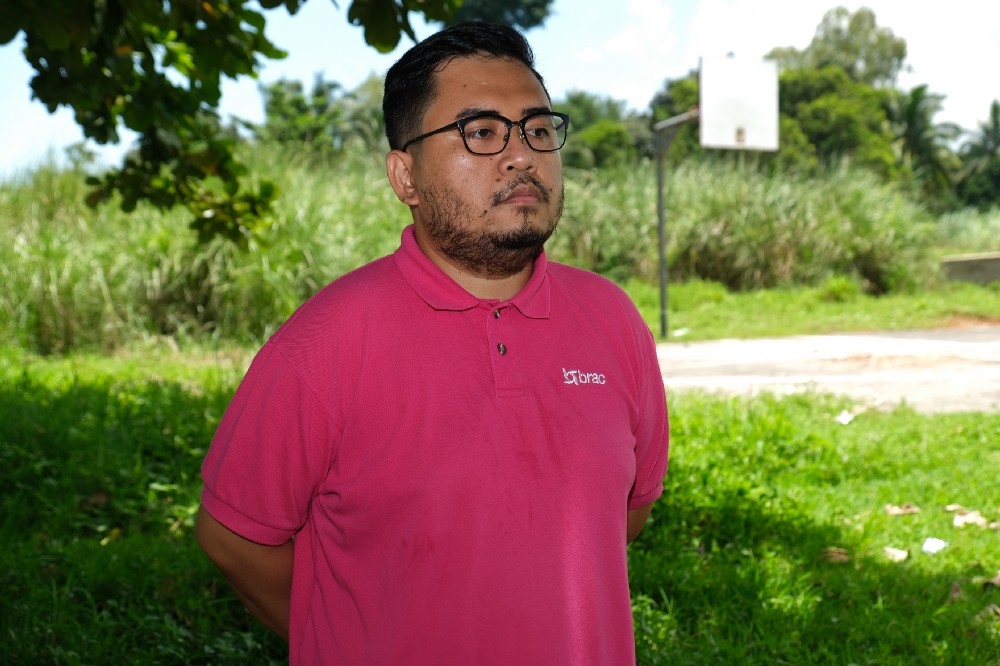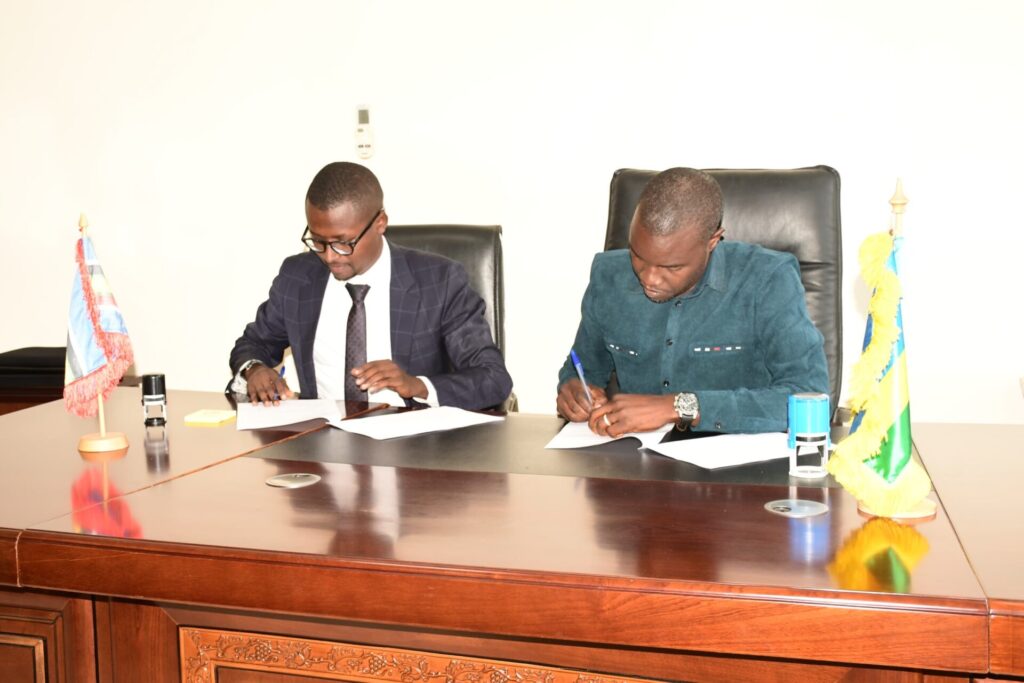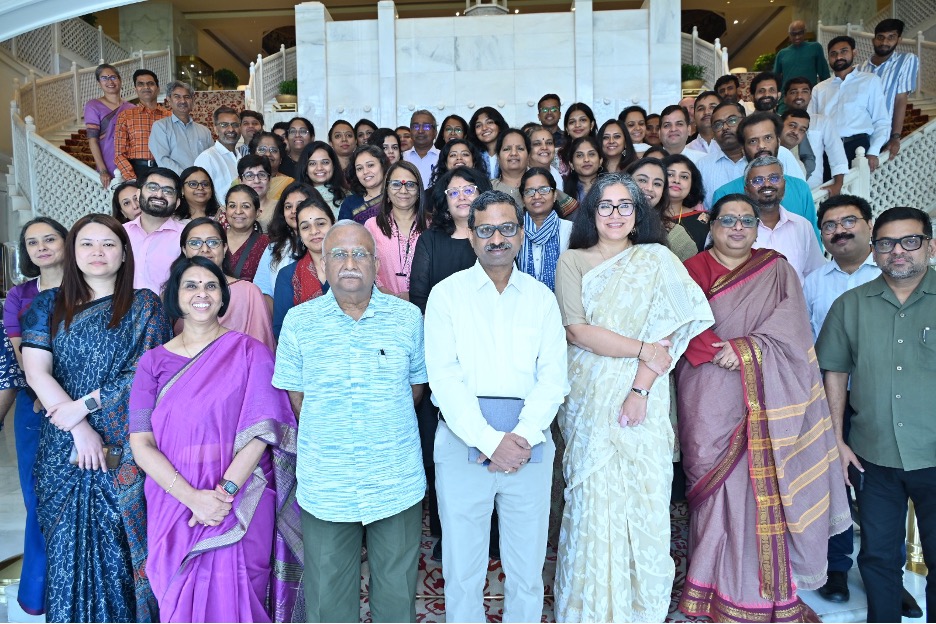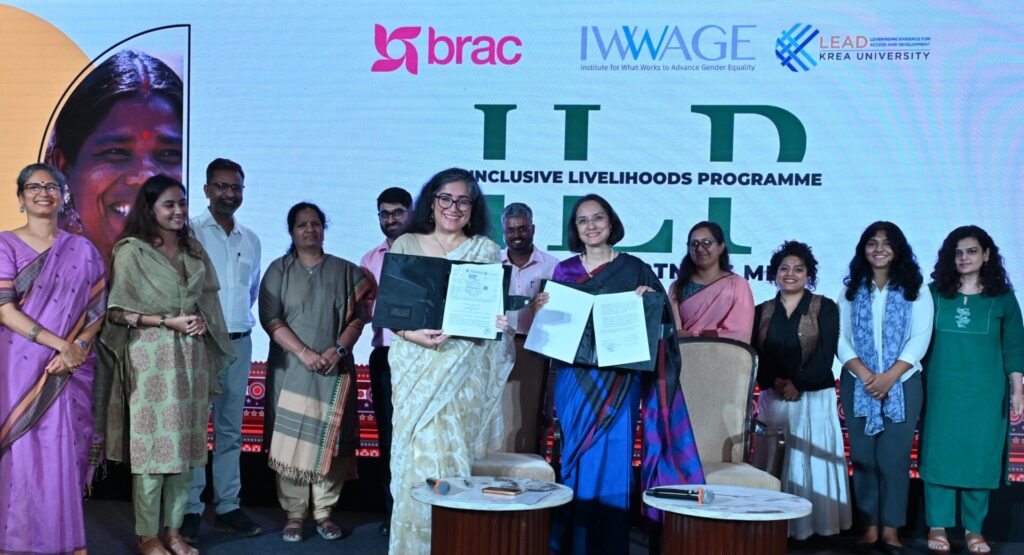When Marlowe Popes joined the Ultra-Poor Graduation Initiative in 2017 as BRAC Field Manager for the DOLE Graduation pilot, he never imagined he’d be guiding his team and almost two thousand project participants through a pandemic.
When one of the world’s longest running lockdowns began in the Philippines due to COVID-19, Marlowe’s team was tasked with ensuring the project’s 1,800 participants developed sustainable livelihoods and carved pathways out of extreme poverty when the project ended amidst one of our lifetime’s greatest shocks.

Despite the various challenges the lockdown created, the project closed with incredible results and countless stories of women and their families overcoming immense barriers. By adapting rapidly to the new constraints of the pandemic, including incorporating digital and remote coaching strategies, the project not only successfully “graduated” 71 percent of participants, but has also led to a new iteration with the Department of Social Welfare and Development (DSWD) and the Asian Development Bank (ADB) along with twice as many households.
Additionally, the pilot provided BRAC and its main partners, the Philippines Department of Labor and Employment (DOLE) and ADB, with very detailed lessons learned. We had a chance to sit down with Marlowe to break down some of the key learnings as we look to the future of social protection in the Philippines and beyond.
BRAC UPGI: What were the biggest impacts COVID-19 and the related lockdown had on the project design and its participants?
Marlowe: Coaching and monitoring were directly impacted. It became very difficult to do this in the regular manner that was originally planned (bi-weekly, in-person meetings). We were able to pivot to electronic check-ins, but without physically being there, we were not able to visually verify what was actually happening. Participants’ individual livelihoods (especially food-based ones) were particularly negatively impacted. Many had to close; but this exposed the different sides of livelihoods. Showed us which ones could withstand the sustained lockdowns/closures. It gave program designers an opportunity to reassess and learn how to build future resilience. Agriculture-based livelihoods gave more time for participants to gain momentum. The slower income earners were more resilient.
How did COVID affect existing issues related to poverty in the Philippines?
The pandemic helped show us how effective government programs can be in getting assistance to those who really needed it. It built confidence in the Department of Social Welfare and Development’s (DSWD) social assistance database (Listahanan), which will hopefully transfer over to when a social safety net is needed to provide help for the next shock to the system.
How did you and the rest of the staff, including coaches, adjust to continue the project?
Some of my staff were stuck in the municipality they were working in, far from their homes. They were away from their families/loved ones for an extended period, which can be really hard. We had to extend office hours and take on double household visits. It was a lot of additional work than anyone had previously planned for. Electronic/virtual check-ins became essential for project continuity, with less frequent in-person visits, but we were able to spend longer time with the participants when we did make our rounds.
What kind of changes did you make to the original project design and why?
As I mentioned we had to cut our bi-weekly home visits down to once a month to protect everyone, but we were able to get more quality time in for problem solving. We also had to encourage diversification of assets much sooner than we usually do (typically after the first year) in order to mitigate losses due to interruption of business function. We had to lead them down a different path, albeit with even more hand-holding.
What did you think/feel when the assessment came out in the summer of 2020, showing that many of the participants were able to maintain their income in the midst of the pandemic?
I was a bit surprised because we were expecting a lot worse due to the lockdowns. We realized agriculture/livestock-based livelihoods were able to continue growing and selling. They were able to weather the storm. It was a great realization that the social safety net was there and it worked! It was an additional push to keep people up, and continue building resilience of the poorest people. This approach has allowed people to build off their gains and dampen the shock. At first I was not a fan of unconditional cash transfers (UCT) since it is just a one time thing. Money doesn’t always translate to access to markets/livelihood.
Looking ahead, what do you hope for the Graduation work BRAC UPGI is now doing in the Philippines with DSWD?
I’ve seen Graduation as a real strategy to help deliver the government schemes effective to those who need it most. It’s really confusing to have so many different projects. Graduation helps coalesce this variety into one package, and make it easier for both the agency and participants. Builds a quality program. Need to do more for the poor, can’t just provide a livelihood, need additional support (like that of Graduation). Coaching and mentoring is key, and it is going to stay in social development/sustainable livelihood projects. May seem redundant, but case management is the key to success. Need that people power to build quality programs.
Why is it so important to engage local communities in the adaptation/design, implementation, and measurement of Graduation programs?
Monitoring is really boosted by participation of the local communities. People are able to see what is happening and the ‘gossip’ sometimes helps! Community members serve as a driver for success and motivation of the participants. Especially in a time like during COVID, extra eyes (community leaders, barangay captains, etc) help keep everyone accountable and can provide additional assistance when someone is struggling. Our strategy to involve leadership was key to success. Regular updates helped bring them into the fold, allowing them to feel part of success.
What does the future of social protection look like in the Philippines?
The future starts at the local level; we must strengthen the capacity of local government units. They have the most experience working within the local contexts and implementing projects. They have experienced the roadblocks and challenges firsthand and are the real experts.
What can the region learn from this successful pilot?
That you do not need to create anything from scratch, simply put, use what is there. This is something I came to realize a lot after reflecting on this program. Capitalize on what people already use and are familiar with. Using local resources to monitor. South East Asia has lots of experience leveraging case workers and community development members for these types of things. The dedication and expertise is already there!
Read More:




